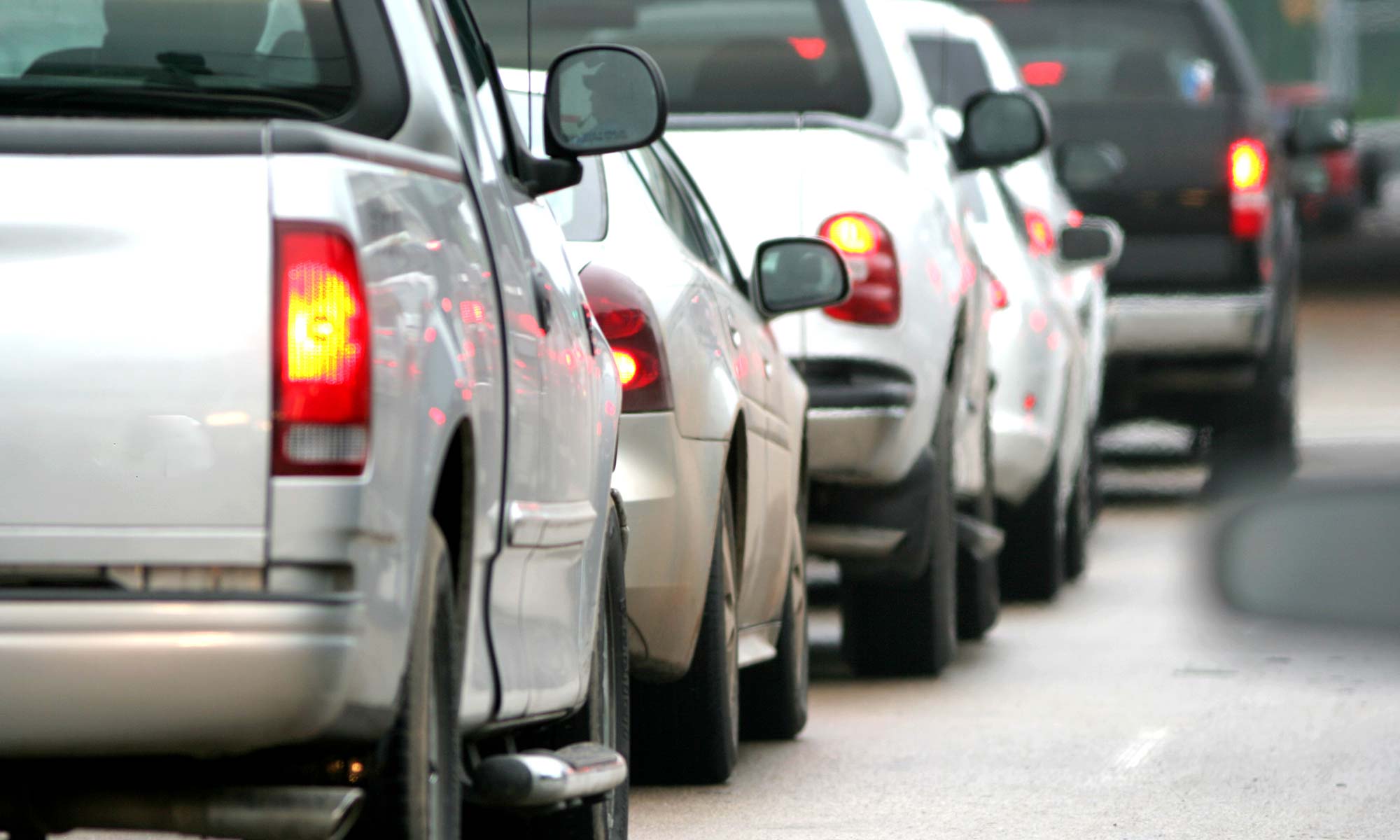Definition and Meaning of Bumper-to-Bumper

Bumper to bumper meaning – The term “bumper-to-bumper” literally describes a situation where vehicles are closely positioned, with their bumpers almost touching each other. This typically occurs in heavy traffic conditions, where vehicles are forced to slow down or come to a complete stop due to congestion.
Bumper to bumper means a traffic condition in which vehicles are closely spaced, causing slow movement or standstill. Like the buttermilk fairy tale , where the road was so crowded with people that it was impossible to move, bumper to bumper traffic can be a frustrating experience for drivers.
Figuratively, “bumper-to-bumper” can also be used to describe situations where people or things are packed tightly together, or where there is very little space between them.
In a city like Jakarta, bumper to bumper traffic is a daily reality. Cars are packed so tightly that you can almost reach out and touch the vehicle in front of you. This type of traffic can be frustrating and time-consuming, but it’s also a good opportunity to learn some new vocabulary.
For example, did you know that the term “tailgate” refers to the rear door of a pickup truck? Tailgate meaning is also the act of driving too closely behind another vehicle. So, the next time you’re stuck in bumper to bumper traffic, take a moment to appreciate the linguistic diversity of your surroundings.
Examples of Bumper-to-Bumper Situations
- Rush hour traffic on a major highway
- A crowded concert venue
- A packed stadium during a sporting event
Figurative Meanings of Bumper-to-Bumper
- A crowded schedule with little time for breaks
- A busy office environment where desks are closely spaced
- A densely populated city with tall buildings and narrow streets
Causes and Effects of Bumper-to-Bumper Traffic
Bumper-to-bumper traffic, a ubiquitous phenomenon in urban centers, occurs when vehicles are densely packed, moving at a slow pace or at a standstill. This gridlock can be attributed to various factors, leading to detrimental consequences for individuals and society at large.
Common Causes
- Rush hour: During peak commuting times, a surge in traffic volume strains road capacity, leading to congestion.
- Accidents: Vehicle collisions can block lanes, causing significant delays and ripple effects on surrounding traffic.
- Road closures: Planned or unplanned road closures, such as construction or maintenance, divert traffic to alternate routes, often resulting in bottlenecks.
- Special events: Large-scale events, such as concerts or sporting matches, can attract a high volume of vehicles, overwhelming the road infrastructure.
Negative Effects
- Delays: Bumper-to-bumper traffic can significantly increase travel times, leading to missed appointments, tardiness, and reduced productivity.
- Stress: The frustration and anxiety associated with prolonged traffic jams can take a toll on mental well-being.
- Pollution: Idling vehicles emit pollutants, contributing to air quality degradation and respiratory health issues.
- Economic impact: Traffic congestion can hamper business operations, increase transportation costs, and reduce economic growth.
Potential Solutions
- Improved public transportation: Enhancing public transportation systems can reduce reliance on private vehicles and mitigate traffic congestion.
- Traffic management systems: Intelligent traffic systems, such as real-time traffic monitoring and adaptive traffic signals, can optimize traffic flow and reduce delays.
- Flexible work arrangements: Staggered work hours or telecommuting can distribute traffic throughout the day, reducing peak-hour congestion.
- Road infrastructure improvements: Expanding road capacity, implementing bypasses, and improving intersections can alleviate traffic bottlenecks.
Safety Considerations in Bumper-to-Bumper Traffic: Bumper To Bumper Meaning

Bumper-to-bumper traffic is not just a nuisance; it can be hazardous if proper safety precautions are not taken. Maintaining a safe following distance is crucial. This means leaving enough space between your vehicle and the one ahead, giving you time to react to sudden stops or maneuvers.
Tips for Driving Safely in Bumper-to-Bumper Traffic, Bumper to bumper meaning
* Avoid distractions: Put away your phone and other distractions that can take your attention away from the road.
* Use turn signals: Communicate your intentions clearly to other drivers by using your turn signals when changing lanes or turning.
* Be aware of your surroundings: Pay attention to the vehicles around you, especially those in your blind spots.
Bumper-to-bumper traffic can be a frustrating experience, but it’s also a reminder of the hustle and bustle of modern life. Just as the phrase “rags to riches” conjures images of a life transformed by hard work and determination, bumper-to-bumper traffic represents the challenges and rewards of living in a densely populated area.
Rags to riches stories inspire us to dream big, while bumper-to-bumper traffic reminds us of the reality of everyday life.
Bumper to bumper traffic, a term used to describe a state of extreme congestion, can be likened to the biblical tale of David and Goliath. Just as David, the underdog, faced an overwhelming giant, so too do commuters navigate through a sea of vehicles, each vying for space.
Bumper to bumper traffic, like Goliath, poses a formidable challenge, requiring patience and perseverance to overcome its towering presence.
In the urban jungle, bumper to bumper traffic is a daily ordeal, a relentless dance of metal and glass that can turn even the most composed driver into an underdog. Like the underdog definition suggests, a disadvantaged competitor, bumper to bumper situations level the playing field, reducing everyone to a slow-moving pawn in the grand scheme of city life.